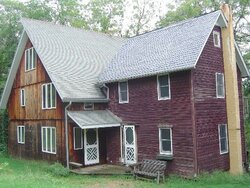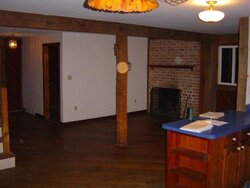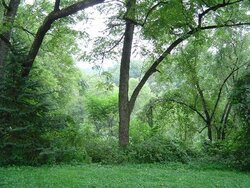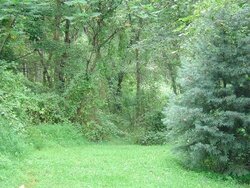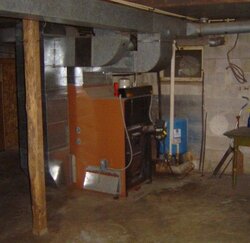My wife and I just purchased 64 acres in PA - all wooded. The house has a Charmaster furnace and 2 open masonry fireplaces where we will be putting EPA inserts.
I'd like to start to collect wood, but would like some tips on what to go for.
1. there are many fallen Black Locust - this stuff has been down for years, but does not rot. Seems to be easy pickins' - can I burn that right away?
2. There are lots of standing dead Locust - go for this instead?
3. We also have all sorts of oak, maple, black walnut. One Black Walnut is hovering over the barn and will be taken down soon - that I plan to split and stack for next year.
4. what about other species that are fallen - if they are not rotten, are they game?
Thanks for the help.
'Frank
I'd like to start to collect wood, but would like some tips on what to go for.
1. there are many fallen Black Locust - this stuff has been down for years, but does not rot. Seems to be easy pickins' - can I burn that right away?
2. There are lots of standing dead Locust - go for this instead?
3. We also have all sorts of oak, maple, black walnut. One Black Walnut is hovering over the barn and will be taken down soon - that I plan to split and stack for next year.
4. what about other species that are fallen - if they are not rotten, are they game?
Thanks for the help.
'Frank



